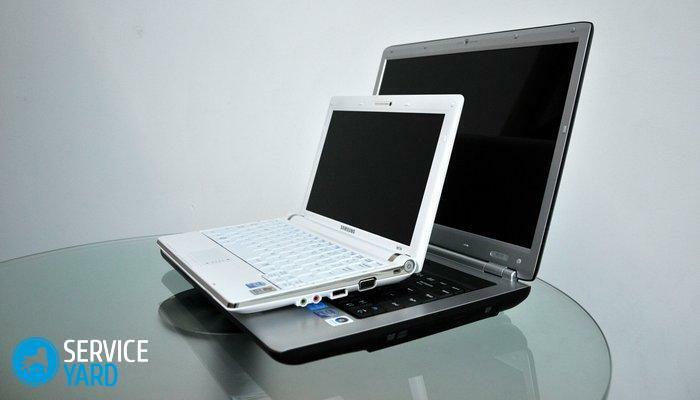Contents:
- Where does the label hide?
- How to read labels?
- Detailed description of badges on clothes + recommendations
The first thing that every woman does when she comes home with a new thing - puts it on and looks at herself in the mirror. Once again, you can not forbid yourself to admire the beautiful floor, but the second thing to do is to study the badges on clothes for washing, the decoding of some is not always immediately clear. For example, a hand lowered into a basin with water means hand washing, and a basin with temperature indication - how hot water can be.
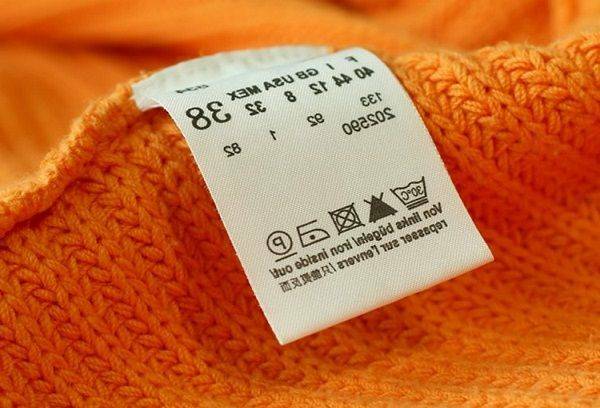
These wash icons are easily interpreted, but speaking of others, fantasy sometimes refuses to even guess what they can mean. However, all the icons for washing have to be studied. Nobody wants the first wash to be the last for the thing? And if so, we look for things on the labels and carefully read how to organize the right care for them.
Where does the label hide?
At the time when the first industrial manufactories began to appear, labels were born. Their goal was to convey to the buyers of clothes the name of the manufacturer. Then caring merchants began placing signs of clothing care. This tradition has come down to our days. Therefore, on any subject of the wardrobe is not difficult to find a shortcut with recommendations for cleaning.
The tag on which the wash symbols are located is located in different places in different things. For example, in jeans it is located in the seam at the level of the thigh, knitted sweaters and knitted cardigans - in the side seam, at the T-shirts - behind under the collar or in the side seam. Moreover, the label has even underwear: their location on the panties - in the side seam, on the bras - on the left, on the "dorsal" strap. This once again proves that every thing needs a concrete care.
The tag is made of a special material that does not interfere with wearing clothes: do not rub or prick. And at the same time, this useful tissue insert at any time will tell you how to properly wash, iron and carry out a different care for the thing. An exception is made only for raspashonok and sliders for the youngest. On these clothes you will not find shortcuts. Designations for washing are indicated on special decals, which are removed during preparation before the first sock.

Tip: As a rule, labels can be made of two types of fabric - very soft and more rigid. If the label needs to be removed, remember: only those that are made of soft tissue are cut( sometimes they even have a cut sign - open scissors).A stiff label tears out of the seam with careful movement. If it is cut off, the remainder will be rubbed accurately.
How to read labels?
In order to understand what this or that marking means, there is nothing complicated. It is enough to look at the conditional symbols in general and find a regularity. And as you know, what is clear is easily remembered. Therefore, after studying the badges, the manufacturer's recommendation regarding the care of clothes will be read "one-two".
Conditional symbols are of five types and can denote respectively five different actions that clothing can be exposed to:
- Dry cleaning. Its designation is a circle: empty, with letter or crossed out.
- Drying. Its symbol is a square, on which a decoding is made in the form of additional signs explaining its features.
- Whitening. The sign of this operation is a triangle.
- Ironing. His symbols are ironing, which indicates the temperature at which a thing should be ironed. Also this pictogram shows whether clothes can be stripped off.
- Washing. Its icon is a water basin and can give the following information: is it possible to machine wash or only a manual cleaning is provided for the product, which temperature should be water, the features of spinning and machining.
In addition to describing the specifics of modes, there are symbols designed to prohibit or mitigate an action. For example, if you cross out a basin with water, this will mean that washing is prohibited, and if you put a cross on a circle, you will get a dry cleaning ban. Strips under the icons soften the action: one strip - gentle mode, two strips - delicate mode.
Tip: if you need an urgent decryption, the table in which the symbols and their descriptions are collected will help.
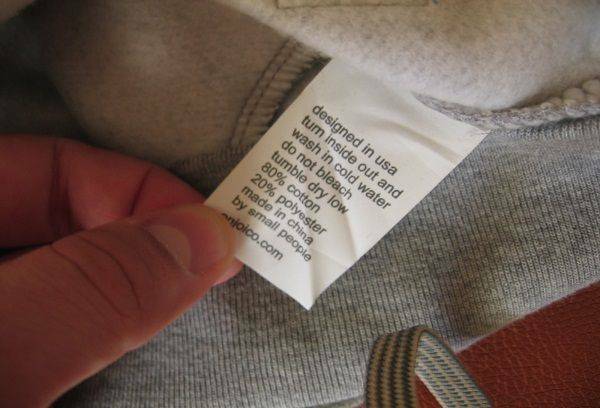
Detailed description of badges on clothes + recommendations
- Drying.
If the washing machine is equipped with a drying function, then when selecting its mode, you should focus on the corresponding value( "square") on the label. A square with a circumference inscribed in it allows drying in a special drying chamber. The same sign, but crossed out, indicates that you can not use a dryer. In this case the points inside the circle in the resolving sign indicate the temperature at drying - the more they are, the higher the temperature value.
There may also be a dash or even two under the "drying allowed" icon. They indicate a gentle and strengthened drying regimes. This means that if drying is done in the washing machine, you should choose a gentle program drying mode or lower the temperature to the minimum value. Badges describing the drying conditions of the product, and regulate the usual drying, without the use of a drying chamber. Some things can be dried vertically on a rope or on a special metal dryer( a square with a semi-oval top).

A square sign with a horizontal dash in the middle indicates that after washing, the thing should be spread out on a flat horizontal surface. As a rule, it concerns knitted products made of wool and other natural materials. Three vertical bars in the square warn that the thing after washing is not wrung out and dried in a straightened form. Such marking is found, for example, on children's "blown" caps and mittens made of polyester, on down jackets.
A square with two inclined strips in the upper left corner means that drying in the sun for these things is prohibited. This applies to woolen, silk products, clothes made of synthetic knitwear. Also, in bright sun it is not recommended to dry bright colored things, as they fade from it.
- Dry cleaning.
These symbols are needed more for dry-cleaning workers than for those who wear it. They regulate the possibility of cleaning chemical preparations and specify certain substances. The most important sign for consumers is dry cleaning. If it is on the label, then it's up to you to solve the problems with stains on clothes.
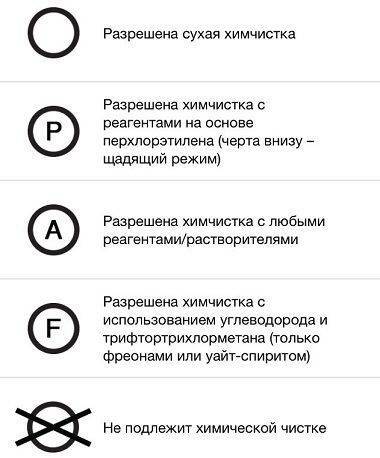
- Whitening.
If a thing needs to be bleached, it is necessary to look at the conventional sign in the form of a triangle. A pure triangle says that the fabric will persistently transfer any whitening, crossed out triangle - a complete ban on any bleaching agent. The triangle with the chemical designation of chlorine( Cl) inside provides for the use of chlorine-containing substances. A triangle with two inclined lines located near the left side, tabs on chlorine-containing bleaches, while other bleaching agents may well be used.
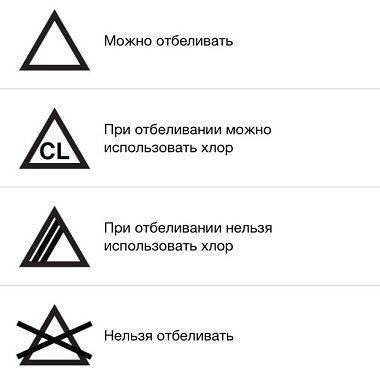
- Ironing.
Before ironing clothes, pay attention to the icon "ironing" on the label. Depending on the information on it, the iron must be adjusted manually. Namely, it is necessary to set the correct temperature and, if necessary, turn off the steaming function( if the icon shows an iron with crossed-out steam jet).The temperature of the soleplate of the iron is chosen based on the type of fabric. The lowest temperature( 100 ° C) is set for capron, polyamide, acetate, acrylic, nylon and is indicated on the label with one dot inside the "ironing".Two points are 150 ° C - for viscose, silk, wool. Three points - 200 ° C - for cotton and flax. If the iron does not have a designation in degrees, it is convenient to navigate precisely by points.

- Washing.
This is the most understandable sign, it is most often noticed. A basin with water shows at what temperature it is necessary to wash this or that thing. Sometimes the temperature is indicated not by numbers, but by points: 1 point corresponds to 30 ° С, 2 points - 40 ° С, 3 points - 60 ° С.If the pelvis is crossed out, the product must not be washed. If the tag shows a pelvis with the hand lowered in it, the manual washing mode is preferable for clothing. Strikethrough curled linen on the label warns that this thing is not recommended to twist and squeeze. That is, when washing in the washing machine, the washing cycle and rinsing should be present in the selected mode depending on the other characteristics, and the spinning should be turned off.

As mentioned above, the usual icons can be one or two horizontal lines, which mean the application of softening mode. Most often, these additions are present on the signs that regulate washing. If it is carried out using a washing machine, the standard program settings should be adjusted. Namely, reduce by 200-300 revolutions( one feature - gentle washing) or choose a delicate wash mode and put the revolutions to the minimum value( two features - delicate washing).
An iconic method for describing the conditions of care of clothes is convenient and rational. A small label allows you to know exactly how to wash, dry and remove stains from clothes in any situation. Having meaningfully read the signs and their decoding, you can be sure that your favorite clothes are under competent protection.

